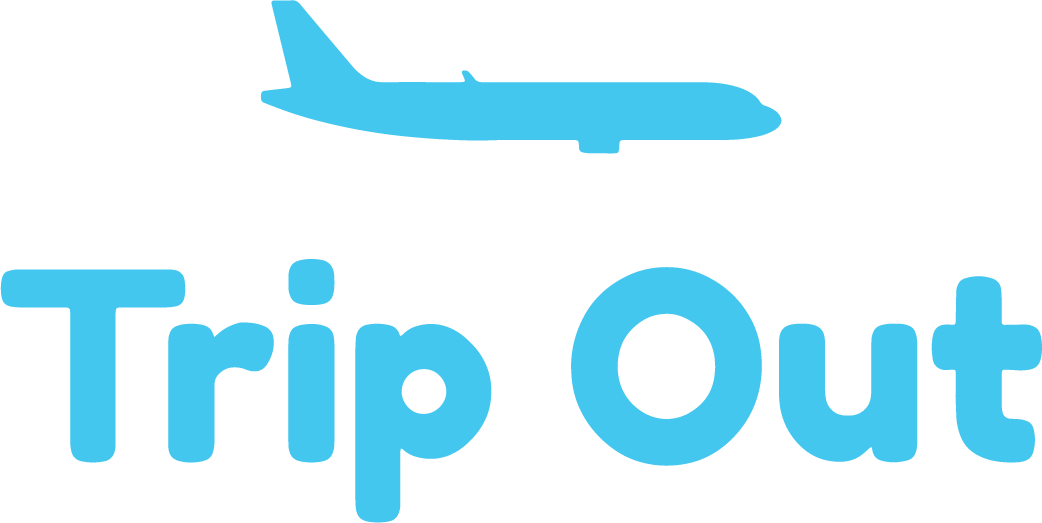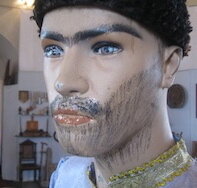Does the Face of Travel Have a Unibrow?
If you’ve ever wondered why you travel, you may find an answer in an unlikely place: in eyebrow styles.
A trifecta of Azeri unibrows. Photos: David Farley
I first saw it on Rashid. Furry and thick and stretching from temple to temple, it sprawled across the face of this 30-year-old Azerbaijani as if a black cat had rested its tale across his lower forehead. It was most prominent aspect of his round face.
I was in Baku and Rashid’s unibrow wasn’t the first I’d seen in Azerbaijan. I spent days exploring the streets of Baku, which are flanked by plus-sized Beaux Arts palaces, the ground floors of which usually house a designer shop. I ate enough grilled meat to keep a slaughterhouse in business. And I sat in smoky bars nursing Turkish beer. It was all very nice. But what struck me the most about the country was the unibrow. I traveled around the country for about a week and I quickly noticed the unibrow was nearly ubiquitous among young men and even women.
This was a few years ago, but even now I’m thinking about the unibrow. In our seemingly endless quarantine daze, my mind frequently harkens back to various parts of the world where I’ve already traveled and yearn to visit. I’ve been a food and travel writer for 20 years, which means I’m rarely grounded for this long.
And so the unibrow keeps coming up again and again. Why? The unibrow, I’ve realized, is the face of travel. Or at least a part of it.
The unibrow (or monobrow), which scientifically is called a synophrys, is an embarrassment in modern, Western society and culture—unless you’re Los Angeles Lakers star power forward Anthony Davis. People get made fun of, laughed and pointed at. It’s even worse for women, some of whom have to landscape their brows on a regular basis. People will go through great labor to ensure they have not one but two eyebrows.
But in other parts of the world, things are different. After a couple of those Turkish beers, I took a deep breath and then mustered up the courage to ask Rashid about that furry thing resting above his eyes.
It turned out, Rashid was proud of his unibrow. “It’s a symbol of bravery and strength,” he said. Rashid explained that in Azeri culture, the unibrow is a traditional look, one that unfortunately is fading away.
“And for women, it is a symbol of virginity and purity,” he told me. “Women will have this unibrow, as you call it, until they are married. When she comes out for the wedding ceremony, it will be the first time she is without it.”
A close-up of Frida Kahlo’s “Fulang Chang and I” at MoMA in New York City. Photo: David Farley
A little research reveals the unibrow is deeply etched into the culture of this part of the world. In ancient Persia, modern-day Iran, which Azerbaijan share a border with, the unibrow had a similar function among pre-marital females. In the West, Mexican artist Frida Kahlo’s unibrow is iconic. Today, search #UnibrowMovement on Instagram and you’ll be brow-scrolling through 5000+ photos of (mostly) women proudly sporting their one, long eyebrow.
An true-to-life Azeri mannequin. Photo by David Farley
I spent the next few days unibrow spotting around Baku. I noticed it on people walking down the street. I noticed it on waiters. I even saw a mannequin that had a unibrow drawn into its forehead with a black marker, an attempt to give it some local flavor, I guess.
And so what does this have to do with travel? Everything. That central, oft-pondered question – why do we travel? What inspires us to get off the couch, put one foot in front of the other, lock our front doors, and go? – can be answered thanks to the unibrow.
Finding the “exotic” or “authentic,” both subjective and problematic terms, is becoming harder and harder these days. The world is coalescing into one giant miasma of sameness – at least in some ways. I went to Belarus on a magazine assignment. The goal? To drench myself in an anachronistic post-communist culture that I thought had faded away in other erstwhile Soviet-controlled states decades ago. Minsk, the capital, seemed frozen somewhere in 1979. You can stand on the corner of Marx and Engels Streets. You can sit in the shadow of a gargantuan Lenin statue. You can convince yourself that the KGB is following you (because they probably are) and you can try to spot the mustached dictator running the place. But the people I met in Minsk were as clued into things as anywhere else in the world. And since we’re on the topic of facial hair, there were even hipsters sporting ironic mustaches. At least I think they were trying to be ironic. I talked about American foreign policy with people in cafes. And I noticed a lack of bad teeth and mullets. Belarus, it turns out, is not just babushkas and bread lines. Lesson learned.
The legendary mullet-mustache combo, this one captured at the Frankfurt Airport. Photo: David Farley
They had their own cultural signifiers and that’s what I dove into while I was there – just as I did in Azerbaijan. The unibrow is a proud local tradition and one that culturally separates us. It shows the gulf between me and Rashid. And that’s a good thing. It reminds me of why I travel: to see those differences and to appreciate them. And while the unibrow stands out, there are other variations on the theme of hair that intrigue me. When I’m on the road, I always brake for a mullet (and especially the holy grail: the mullet/mustache combo).
The unibrow (or the mullet, for that matter) reinforces my love of the world and travel at a time when literally crossing the thresholds of our homes, could kill us. It’s not just a symbol of otherness or a resistance to the homogenization of that steamroller known as 21st-century globalization.
It is a symbol of all that is good in the world right now.




